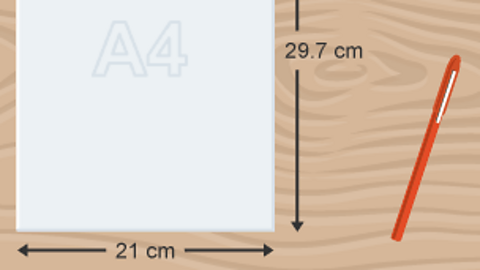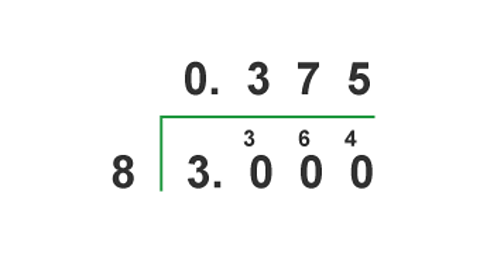Reverse percentages
Reverse percentages involve working backwards through a calculation to find the original amount (before a percentage change). It involves finding the original amount when the reduced (or increased) amount is known. The % decrease (or increase) must also be known.

Tips to answer reverse percentage questions.
Read the question carefully. If you are given an amount which has already been reduced or increased, then it probably is a reverse percentage question.
Look out for phrases like тАШoriginal price/valueтАЩ or тАШvalue beforeтАЩ reduction/increase.
Make sure that your answer makes sense. It should be bigger if the value has been reduced/decreased and smaller if the value has been increased.
Using reverse percentages
Example
In a sale, the price of a coat is reduced by 15% and now is on sale for ┬г76.50.
What was the original price of the coat?
Solution:
The sale price and the % reduction have been given so it is a reverse % question.
The sale price is 85% of the original cost.
85% = ┬г76.50
1% = 76.50 ├╖ 85 = 0.9
100% = 0.9 x 100.
= 90
Check:
85% of ┬г90 = 90 x 0.85 = ┬г76.50 тЬУ
Answer:
The original price was ┬г90.
Example
After a price increase of 10% a games console costs ┬г537.90.
What was the cost before the increase?
Solution:
Increased price is 110% of original price.
110% = ┬г537.90
1% = 4.89
100% = 4.89 x 100
= 489
Check:
100% of ┬г489 = 489 x 1.1 = ┬г537.90 тЬУ
Answer:
The games console cost ┬г489 before the price increase.
Question
The weight of a packet of biscuits has been reduced by 6%. It now weighs 235 grams.
What was the original weight of the packet before the reduction?
- 100% тАУ 6% = 94%
- 94% = 235
- 1% = 235├╖94 = 2.5
- 100% = 2.5 x 100 = 250
Check
250 x 0.94 = 235 тЬУ
Answer:
The original weight of the packet was 250 g.
Test yourself
More on M3: Number
Find out more by working through a topic
- count1 of 4

- count2 of 4

- count3 of 4
